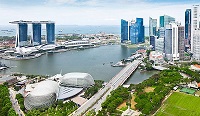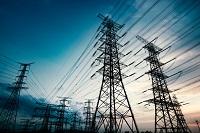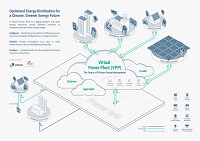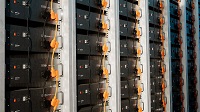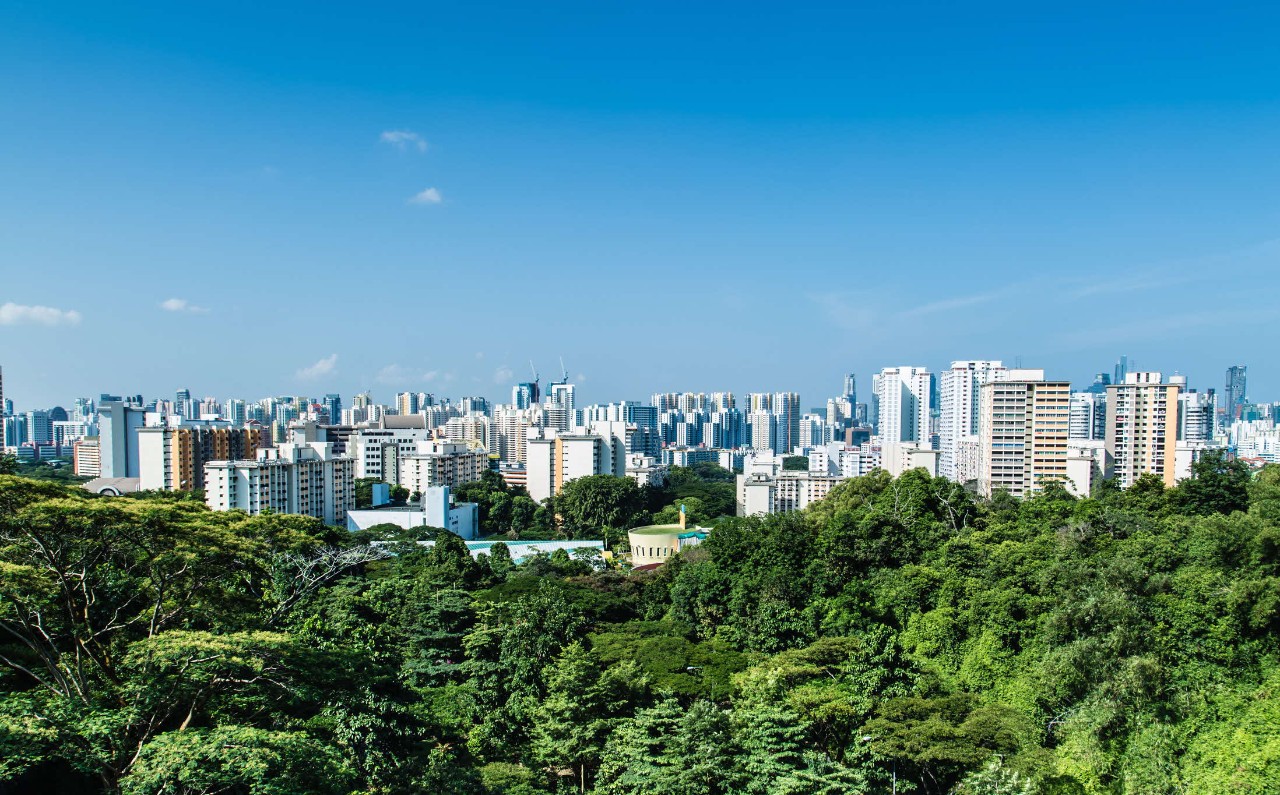Singapore’s power system is set to transform, with the increased integration of renewables such as solar energy and electricity imports. And as consumers adopt more distributed energy resources such as smart electric vehicle chargers and battery storage systems, there is potential to tap into a larger pool of demand-side flexibility resources to meet the evolving needs of our power system.
To guide this shift, we have launched the Demand-Side Flexibility Roadmap, outlining our vision and plans to harness these resources.
